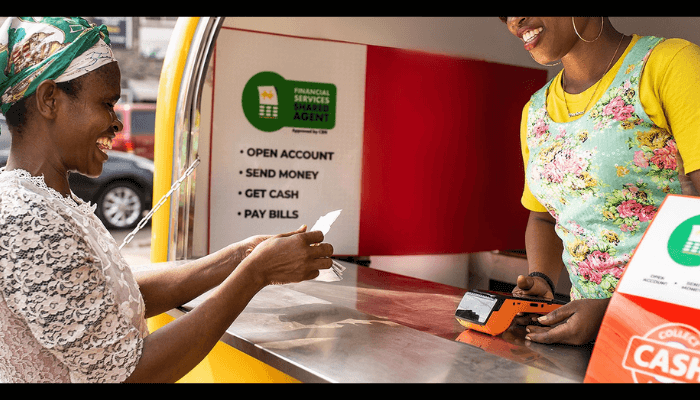Sub-Saharan Africa (SSA) continues to be the global leader in mobile money adoption, according to GSMA.
The region’s sustained momentum has been largely helped by growth in Nigeria, Ghana, and Senegal.
Since 2013, the number of registered mobile money accounts in West Africa has doubled, driven mostly by growth in these three countries. This has made Sub-Saharan Africa central to mobile money’s success, as it is now boasts of almost three-quarters of the world’s mobile money accounts.
“Mobile money is often considered an African success story, and in many ways, it is. Sub- Saharan Africa has the highest levels of mobile money adoption in the world,” it said.
GSMA, the global association for telcos, disclosed this in its ‘The State of the Industry Report on Mobile Money (2024)’ report. Mats Granryd, director general of GSMA, noted that there are now 1.75 billion registered accounts processing $1.4 trillion a year, or about $2.7 million a minute.
In 2023, SSA accounted for $912 billion of the global transaction value, with West Africa contributing $347 billion. East Africa remains the largest mobile money market in the region, with $488 billion in transaction value.
Mobile money’s impact extends beyond transaction volume. In the 10 years to 2022, it contributed $600 billion to the GDP of countries with a mobile money service. Between 2013 and 2022, mobile money increased GDP in Sub-Saharan Africa by more than $150 billion or 3.7 percent, GSMA said.
“Today millions of users are making or receiving payments, taking out productive credit to meet short-term financing needs, paying for government services or accessing savings and insurance products to protect themselves from shocks,” Granryd said.
GSMA acknowledged the lingering effects of the COVID-19 pandemic on the industry. It highlighted. “Some of this could have been due to the impact of the pandemic. In 2023, we carried out the same type of analysis on transaction values and volumes. We found that both transaction volumes and values started surpassing our 2019 forecasts in 2021,” it explained.
Mobile money growth has also led to a surge in mobile agents, particularly in Sub-Saharan Africa, where registered agents grew to 18.6 million, while active agents grew to 8.3 million in 2023. “These agents were responsible for digitising more than two-thirds of all the money entering the mobile money ecosystem: $307 billion in 2023, 12 percent higher than the previous year,” GMSA noted.
The rise of mobile money penetration is closely linked to improved financial inclusion and access to digitally enabled services in places like Nigeria. “Overall, as more mobile money providers have emerged, digital payment use has grown in Nigeria,” GSMA added.


